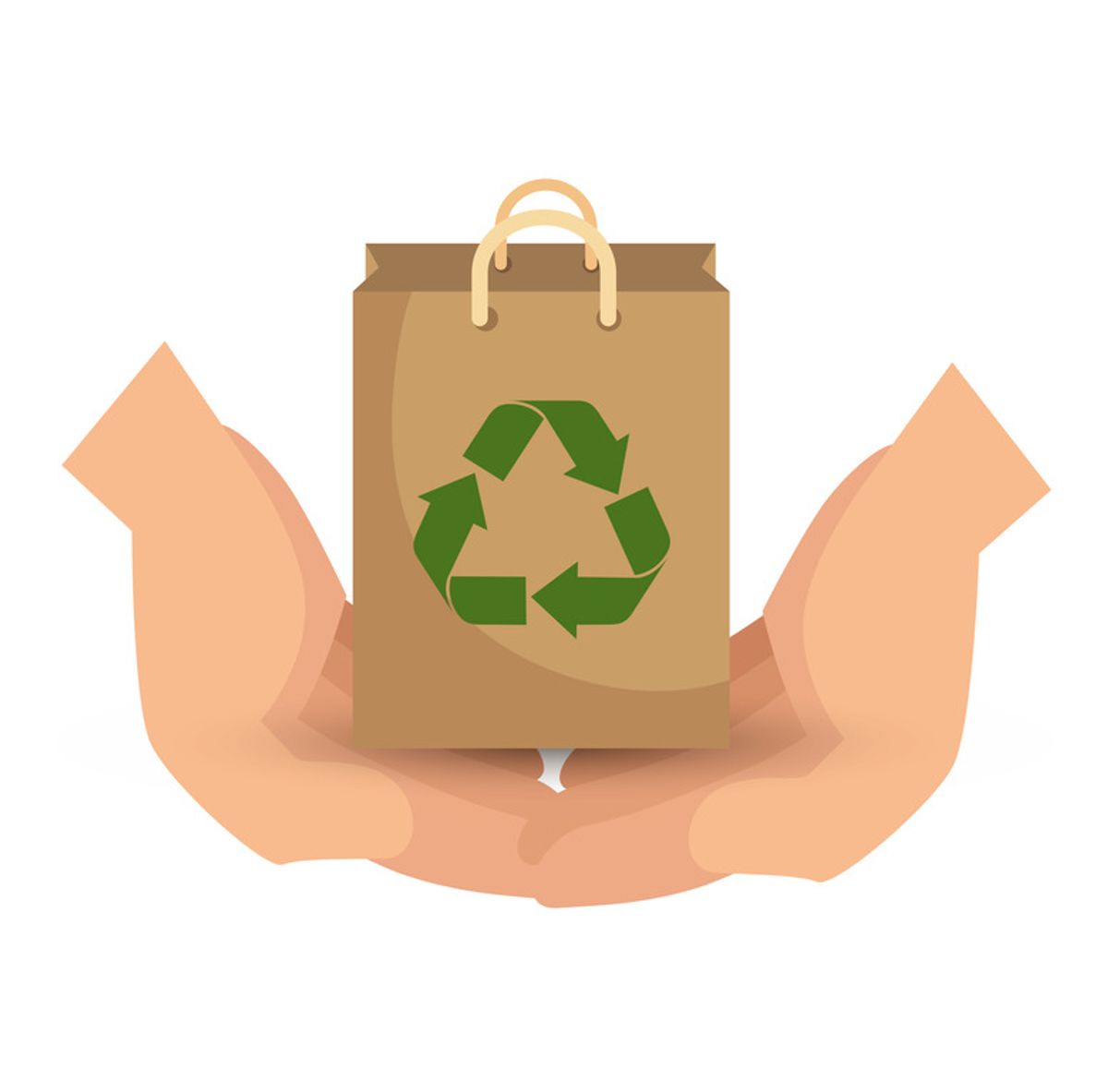
In the realm of green packaging, the lifecycle of a paper bag is a topic of great interest. In Malaysia, people care more about the environment now. It's important to know the lifecycle for that. This journey from production to recycling is not just about manufacturing and usage. It also encompasses the environmental impact at each stage.
Production
Raw Material Harvesting
The journey of a paper bag starts in the forest. Trees, primarily softwoods like pine or spruce, are the raw materials. In Malaysia, the forestry industry is a significant contributor to the economy. Yet, it also raises concerns about deforestation and biodiversity loss.
Harvesting trees for paper bags means cutting them down. This process impacts the environment. It affects wildlife habitats and contributes to greenhouse gas emissions.
Manufacturing Process
After harvesting, the wood converts into pulp. This process involves chemicals and large amounts of water. It's energy-intensive too. The pulp then transforms into paper and, eventually, paper bags.
In Malaysia, the focus on sustainable production is growing. Manufacturers are adopting eco-friendly practices. These include using renewable energy and recycling water.
Usage
Functional Life
Once produced, paper bags serve various purposes. Retailers in Malaysia widely use them. Their durability is suitable for carrying goods like groceries or clothing.
However, their lifespan is short. Paper bags can tear easily, especially when wet. This limits their reuse, unlike more durable alternatives.
Environmental Impact During Use
The environmental impact during usage is lower than plastic bags. Paper bags degrade faster. They don't linger in landfills or oceans for centuries. This is particularly relevant in Malaysia, with its rich marine ecosystems.
Disposal and Recycling
End of Life
Disposal is a critical stage in the lifecycle of a paper bag. If disposed of improperly, paper bags end up in landfills. There, they decompose slowly due to lack of oxygen. This process releases methane, a potent greenhouse gas.
In Malaysia, waste management is improving. More paper bags are being diverted from landfills. They are going into recycling streams instead.
Recycling Process
Recycling is where paper bags have an advantage. They can be recycled into new paper products. This reduces the need for raw materials and cuts down on environmental impact.
However, recycling facilities in Malaysia vary. Urban areas have better access to these facilities. Rural areas lag. This affects the overall recycling rate of paper bags in the country.
Challenges and Opportunities in Malaysia
Sustainability Challenges
In Malaysia, the challenge lies in balancing economic growth with environmental protection. The paper bag industry must address deforestation and resource use. It also needs to improve waste management and recycling systems.
Opportunities for Innovation
There are opportunities for innovation. Malaysia can invest in more sustainable production technologies. It can improve recycling infrastructure. Such initiatives can position the country as a leader in green packaging.
Navigating the Lifecycle of Paper Bags: Towards Sustainable Packaging in Malaysia
The lifecycle of a paper bag, from production to recycling, is complex. It involves various environmental impacts. In Malaysia, the shift towards more sustainable practices is evident. But, there is room for improvement. Understanding this lifecycle is crucial. It helps in making informed decisions about green packaging. The goal is to minimize environmental impact while meeting consumer needs.




